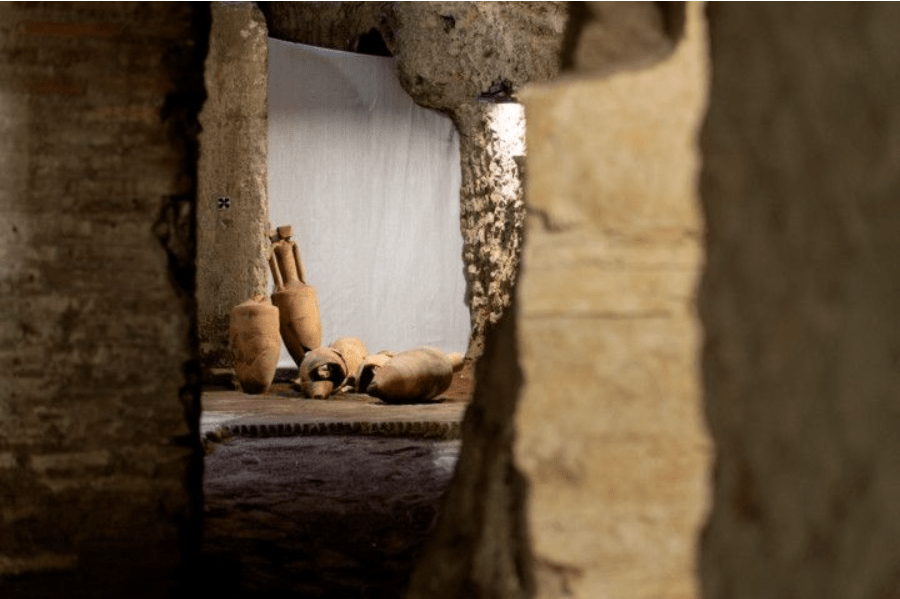12/12/2023
12/12/2023
ROME, Dec 12: The Italian archaeologists have revealed an opulent Roman residence near the Colosseum, showcasing an "unprecedented" mosaic adorned with shells, marble, and precious glass, as announced by the culture ministry on Tuesday. The mosaic depicts three grand ships sailing towards a coastal city, its walls adorned with small towers and porticoes, implying the triumph of the homeowner in battle at this dwelling dating back over 2,000 years.

This remarkable structure, believed to have been constructed between the latter half of the 2nd century BC and the conclusion of the 1st century BC, is hailed as "an authentic treasure" by Culture Minister Gennaro Sangiuliano. The discovery began in 2018 when archaeologists identified a series of walls, unraveling a multi-floored domus. Currently, only a portion of the rooms has been unearthed, and the excavation is set to continue well into 2024.

Central to the domus is a banquet hall designed as a grotto, situated around an atrium and utilized during the warmer months, according to the ministry. Believed to be owned by a nobleman, likely a senator, the residence hosted guests with "spectacular water games" facilitated by lead pipes integrated into the adorned walls.
However, what renders this discovery truly remarkable is the presence of an extraordinary wall adorned with a 'rustic' mosaic, a feature unparalleled both in terms of its chronology and the intricate scenes it portrays, the statement highlighted.
The mosaic presents a "complex sequence" of scenes incorporating various elements such as shells, Egyptian blue tesserae, precious glass, and minute flakes of white marble or other stones, as outlined by the ministry. Within this artistic display, piles of weapons accompanied by Celtic-type trumpets, warships, and tridents are intertwined with vines and lotus leaves, potentially symbolizing a dual triumph—both terrestrial and naval—achieved by the owner of the domus.
A particularly captivating aspect is the representation of a landscape, complete with a coastal city and a cliff, skillfully simulated using travertine rock. This picturesque setting faces "the sea plowed by three large ships, one of which proudly displays raised sails."
"The depiction of a coastal city may suggest a conquest achieved through warfare by the owner of the domus, presumed to be an aristocratic figure, likely of senatorial rank," stated the ministry.
In addition, archaeologists revealed the presence of high-quality white stucco in the adjacent reception room. Alfonsina Russo, the head of the Colosseum Archaeological Park, expressed the commitment to diligently work towards making this site, deemed one of the most captivating in ancient Rome, accessible to the public at the earliest opportunity.
The domus serves as an early illustration of "luxuria," showcasing opulence and status through lavish villas and lifestyles. Furthermore, it aligns with historical accounts describing the expansive residences of prominent Roman senatorial families in the north-western region of the Palatine, one of the city's seven hills.


